They made homes of illegal basement apartments. Ida's surge killed them.
Hongsheng Leng used to sell his art in New York's Times Square, where he would set up his works against the backdrop of neon lights and big-box stores. Some pieces he was proudest of were Chinese ink on rice paper — ones he’d name “Bamboo” and “Spring.” Leng, 82, also worked odd jobs under a visitor’s visa he was granted in 1995, when he immigrated to the U.S. from China. His friends once described him as “always optimistic.”
“He was very, very happy doing his artwork,” Norman Wong, Leng’s longtime friend and immigration lawyer said, adding that his work was driven by purpose. "It’s not like he was trying to make himself known or he thought he had any chance of success.”
His family joined him in the U.S. after he secured asylum and later a green card. Together with his wife, they cared for their daughter, who had autism and needed added home assistance. His earnings were barely enough to get by on, and as he got older, he had to slow down, and the family mostly relied on welfare. Once he retired with medical issues, he was largely confined to his home — a small, inexpensive basement apartment in Queens.
Stuck in a precarious financial situation, the family had no choice but to continue living there, his estate lawyer Jim Li said.
It was a plight that would prove fatal. After Hurricane Ida ripped through New York City, Leng was found dead in his flooded basement apartment at noon on Sept. 2. The bodies of his wife and daughter were discovered later that same day.
Nearly all of the 11 New York City basement-flooding deaths were residents of Asian descent who lived in below-ground dwellings that were particularly susceptible to storms. The victims included Leng; his wife, Aihua Shen, 65; and their daughter, Ling Leng, 31. They were in addition to: Darlene Lee, 48; Yue Lian Chen, 84; Lobsang Lama, 2, and his parents, Mingma Sherpa, 48, and Ang Sherpa, 50; and Tara Ramskriet, 43, and her son Nick Ramskriet, 22. One victim hasn’t been named.
“Realistically, a lot of these tenants would have family members, many who are clustered into very, very small rooms,” Lina Lee, a nonprofit executive, said. “When you have these natural disasters, there's obviously going to be really a life-and-death situation."
More than a month after the storm, communities and families are still reeling from the loss, which experts say was the result of a confluence of crises, including a lack of affordable housing, the pandemic and climate change — a hidden issue for many low-income Asian immigrants who are often forced by cultural needs, poverty and immigration status to live in unsafe conditions. In addition, many face language barriers and some of the highest rates of multigenerational living.
The average income in the Queens neighborhoods where victims died ranged from $39,763 to $50,952, and the median monthly rent for an apartment in the borough is $2,250.

“Realistically, a lot of these tenants would have family members, many who are clustered into very, very small rooms,” said Lina Lee, executive director of housing justice nonprofit organization Communities Resist. “When you have these natural disasters, there's obviously going to be really a life-and-death situation, and when you have very limited or no access to leave your living space, these families really had no way out.”
According to the New York City Department of Buildings, five of the six properties where New Yorkers died in the flooding were illegally converted cellar and basement apartments. All six are undergoing active law enforcement investigations, including the one where the Leng family lived. The Department of Buildings received a complaint in 2007 that the property included an illegally converted apartment. Inspectors visited the property twice, but no one responded to knocks on the door, so the complaint was never investigated, according to the department's records.
Many basements are “high-risk, dangerous” living situations in the city, Lee said. They often have low ceilings with exposed wiring and bathrooms that don’t function properly. When water floods into their space, the families often do not have a window or a direct exit from which they can flee. Lee said it’s easy to get trapped inside.
‘I couldn’t be there for her’
On Sept. 1, Darlene Lee, who lived on the sixth floor of her building, went downstairs to visit the superintendent’s cramped basement apartment. When it started to rain, water poured into the unit, crashing through a sliding glass door and pinning Lee to the metal frame of the entrance. Her screams caught the attention of two building maintenance workers, who rushed in to help. But she was stuck, and the water levels were rising.
Fighting to keep her head above water, the two men tried to free her by taking the door off its hinges, but they too struggled to stay afloat in the murky water. By the time she was freed around 10 p.m., it was too late. She was transferred to a nearby hospital, where she was pronounced dead.
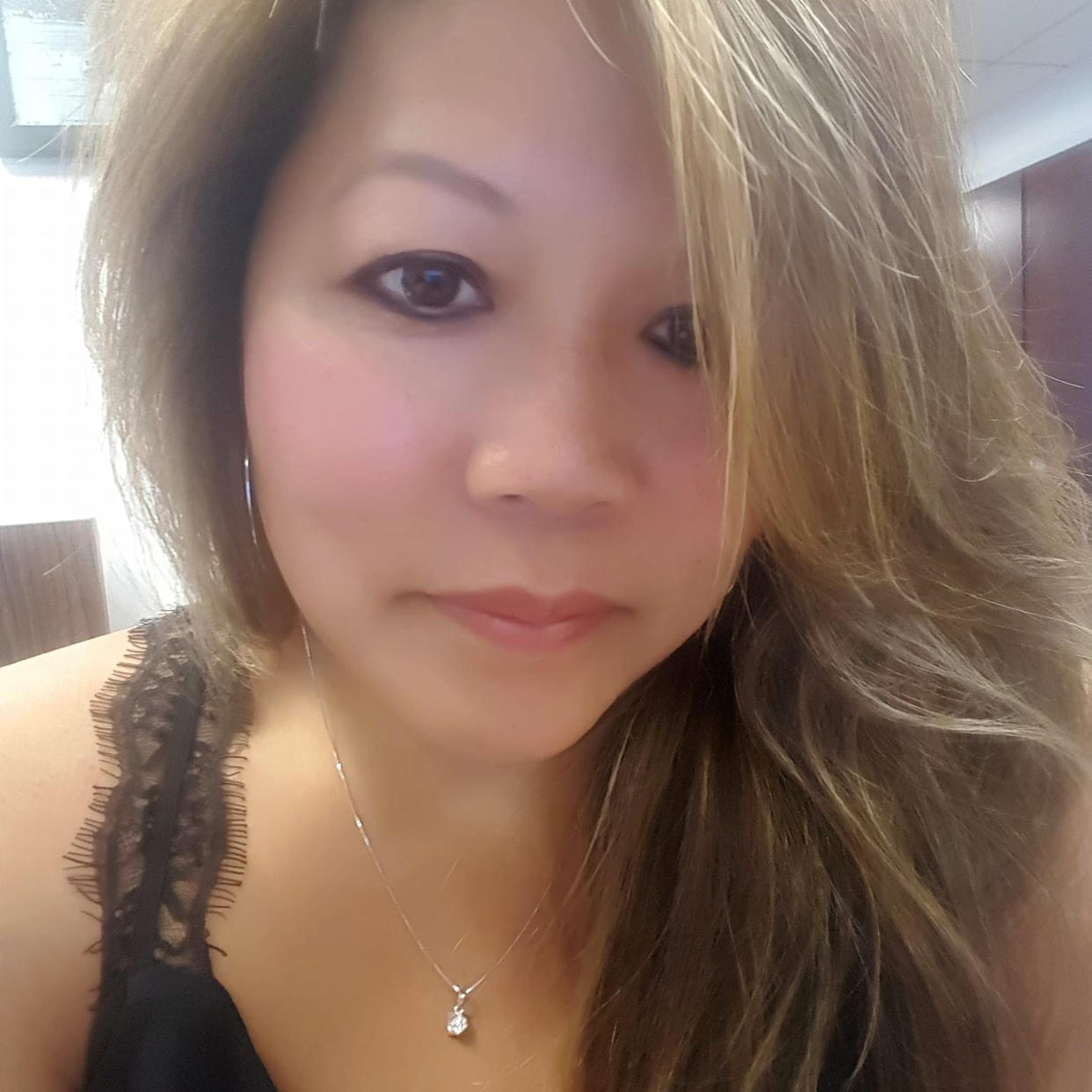
It was 1 a.m. when Dennis Hsu got a call from his sister saying Lee, his ex-wife and close friend, was at the hospital. Rain was beating down on already flooded streets, but Hsu rushed over. When he finally got there, he was asked to identify her body.
A month later, he said he can’t even bear to look at her photo — and he will always miss her.
Even after their split, she was there for him as a friend in his times of need. He described her as selfless, caring for everyone around her.
"I can't accept mother nature had 100 percent fault in this,” Dennis Hsu, Darlene Lee's friend and ex-husband, said.
“It’s one in a million that you find a person like her,” Hsu said. “I couldn’t be there for her.”
Others had no immediate family to turn to in the U.S. That was the case for Nepali immigrants Mingma Sherpa; her husband, Ang Lama; and their young son, Lobsang Lama, according to a GoFundMe created by their niece. Sherpa was also the sole provider for her mother in Nepal.
The role of landlords
City data shows that nearly a quarter of Asian American immigrants live in poverty, among the highest rates compared to other races. An estimated 13 percent of Asian American and Pacific Islander immigrants are undocumented, according to the Mayor’s Office of Immigrant Affairs, a share that experts have long said is likely an underestimate. The number of undocumented Asian immigrants has grown rapidly, tripling from 2000-2015, a 15-year period.
Close quarters where families pack tightly has made the impacts of Covid grave, and displacement by the flooding has only worsened its effects on the lower-income.
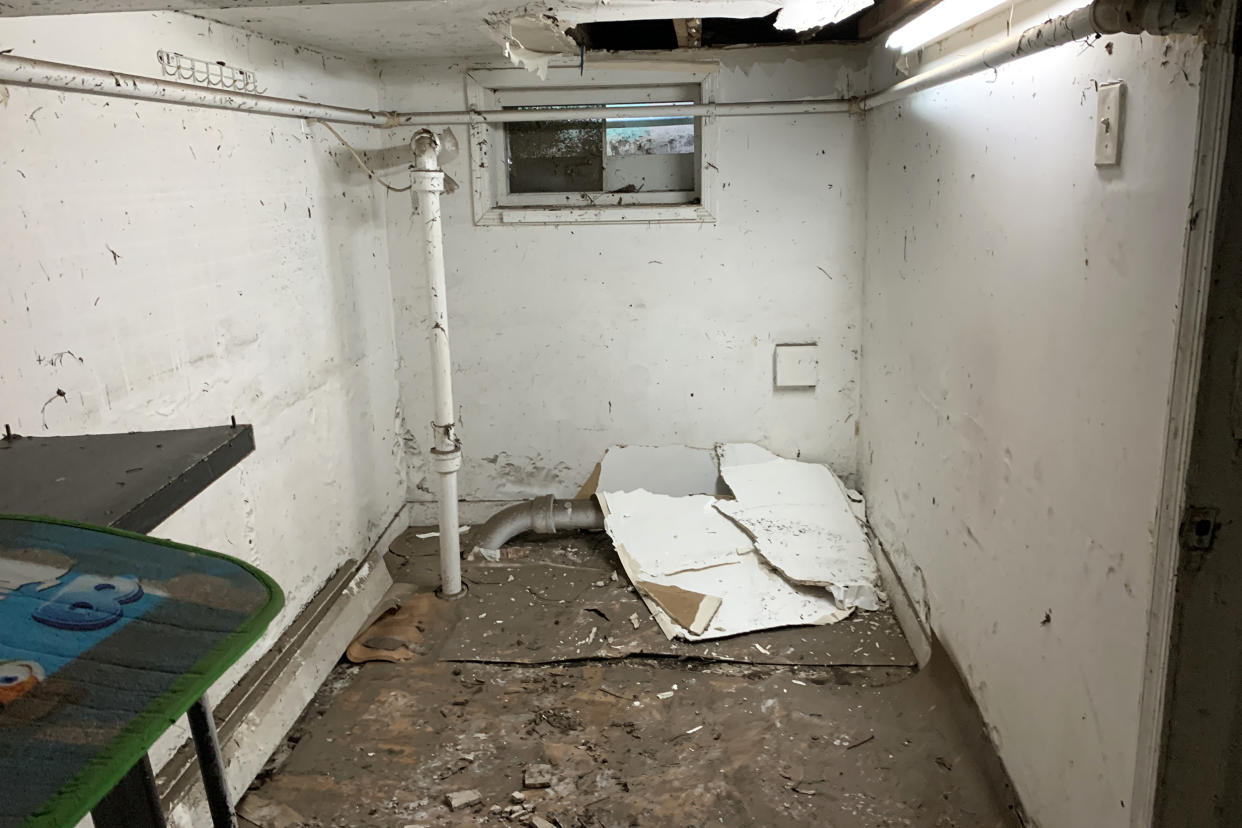
Given these vulnerabilities, many Asian immigrants resort to living in illegal basement apartments of their family, friends and social networks. For some, it’s because they have nowhere else to go.
The city defines an illegal conversion as one that was done without the necessary permits from the Department of Buildings. Basement apartments are a popular example. Often, there’s no formal paperwork between landlord and tenant, only a verbal agreement.
“They cluster in small communities where they are able to access people who speak the same language, who are from the same culture and are living in the same conditions that they have to live in,” Lina Lee, of the housing group, said. “For them, they have nowhere else to live with, except those small pockets in Queens.”
Johnson Ho lives in one of the Queens neighborhoods that was devastated the most by the flooding. It’s the same block he grew up on and is mostly made up of Chinese immigrants. He had always felt safe in his second-floor unit; the first-floor unit is occupied by four lower-income tenants who were placed there by a local church that once used the property.
“You’re not going to have people pouring out clamoring to connect with a city official,” nonprofit organization executive Annetta Seecharran said. “They need the help, they’re afraid.”
When the rain worsened during the night of Sept. 1, Ho left the second floor and walked downstairs, where water was already pouring in from under the front door. It had risen several feet and covered the front stoop. Within 20 minutes, the first floor was completely underwater.
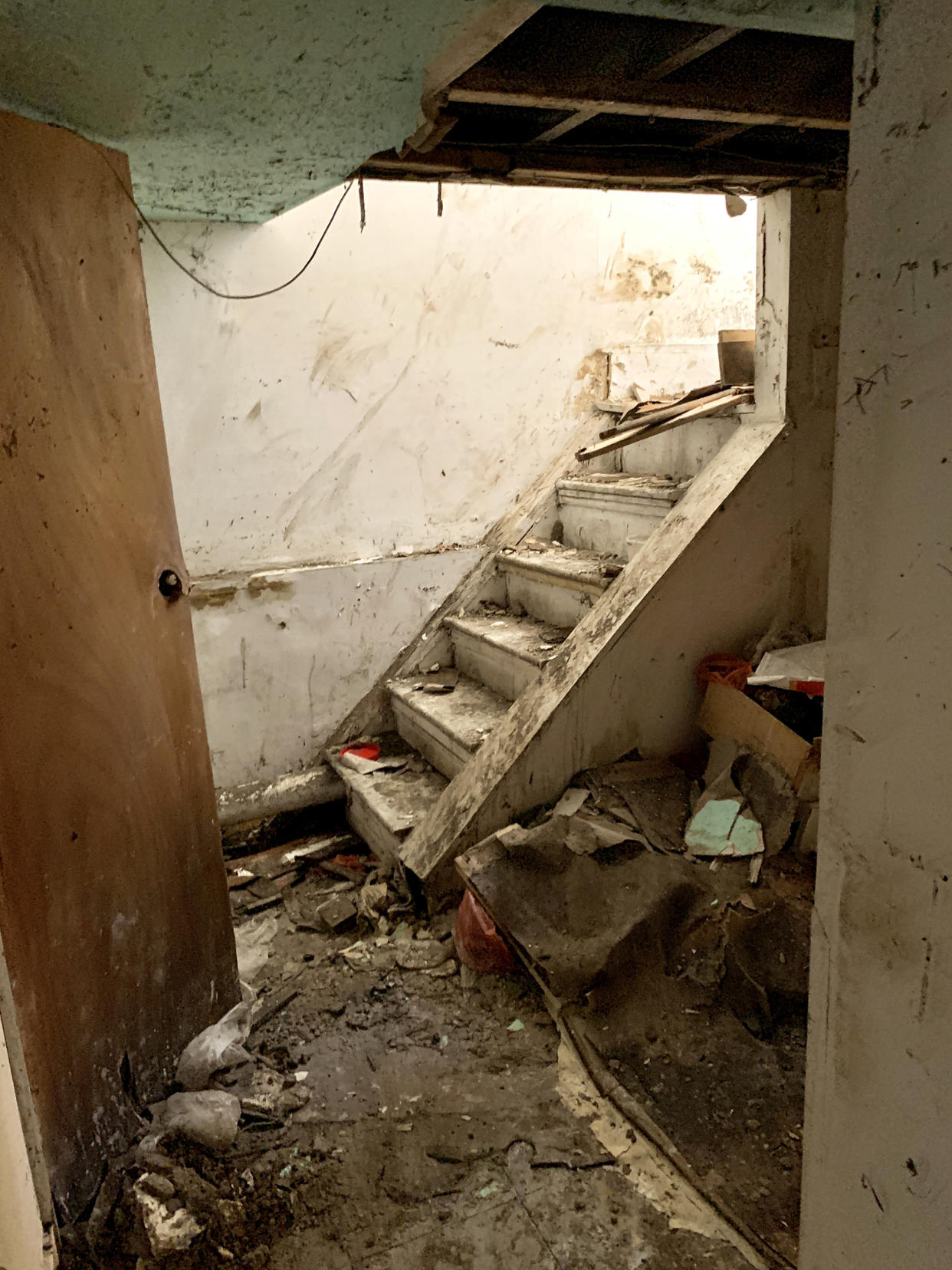
He heard knocks at his door. His neighbors were trapped outside and had no place to go.
“I waddled through the 3 or 4 feet of sewage water,” he said.
He unlocked his door for them, and the four tenants spent the night in Ho’s living room, where they were safe until the Red Cross placed them in hotels the next day. Ho fears what might have happened if he had been asleep when they knocked.
The next day was chaotic in his apartment and his neighborhood, he said. People were hand-washing their clothes in the streets and trying to contact emergency services. A forensic team, police officers and a police car blocked the street four houses down. A family had died in their basement apartment.
The first floor of Ho’s building was uninhabitable. Fridges, furniture, food and personal effects of his four neighbors were destroyed. The basement was covered in a layer of sewage that had such a stench that city cleaning crews hesitated to enter. Ho’s car, parked on the hill, was totaled. Despite the destruction, many in the community were reluctant to accept government aid because of their fear of being criminalized for their immigration status or their basement units, Ho said.
Myoungmi Kim, executive vice president of Queens-based nonprofit group Korean Community Services of Metropolitan New York, said the day after the storm, nearly 500 people contacted her organization for help. Government assistance exists, she said, but it’s difficult to navigate, especially when services are only in English. So her group steps in to fill urgent needs.
“The day after the storm, so many people wanted to talk to me because of the KCS emergency fund distribution. But they couldn’t speak because of their crying,” Kim said. “They just cried and kept crying and crying because they had lost everything.”
Lee said the solution isn’t as simple as reporting landlords for housing violations. If tenants make a complaint, the Department of Buildings, which enforces building codes and zoning regulations, may not necessarily fix the problem, she said. Rather, the agency could issue a vacate order, forcing a tenant, who likely does not have much money, to move immediately. For those displaced because of vacate orders, the Environmental Housing Department provides relocation and rehousing services in family centers and single-room-occupancy hotels, defined as smaller-than-average studio apartments sharing common kitchen or bathroom facilities, according to the Department of Buildings website.
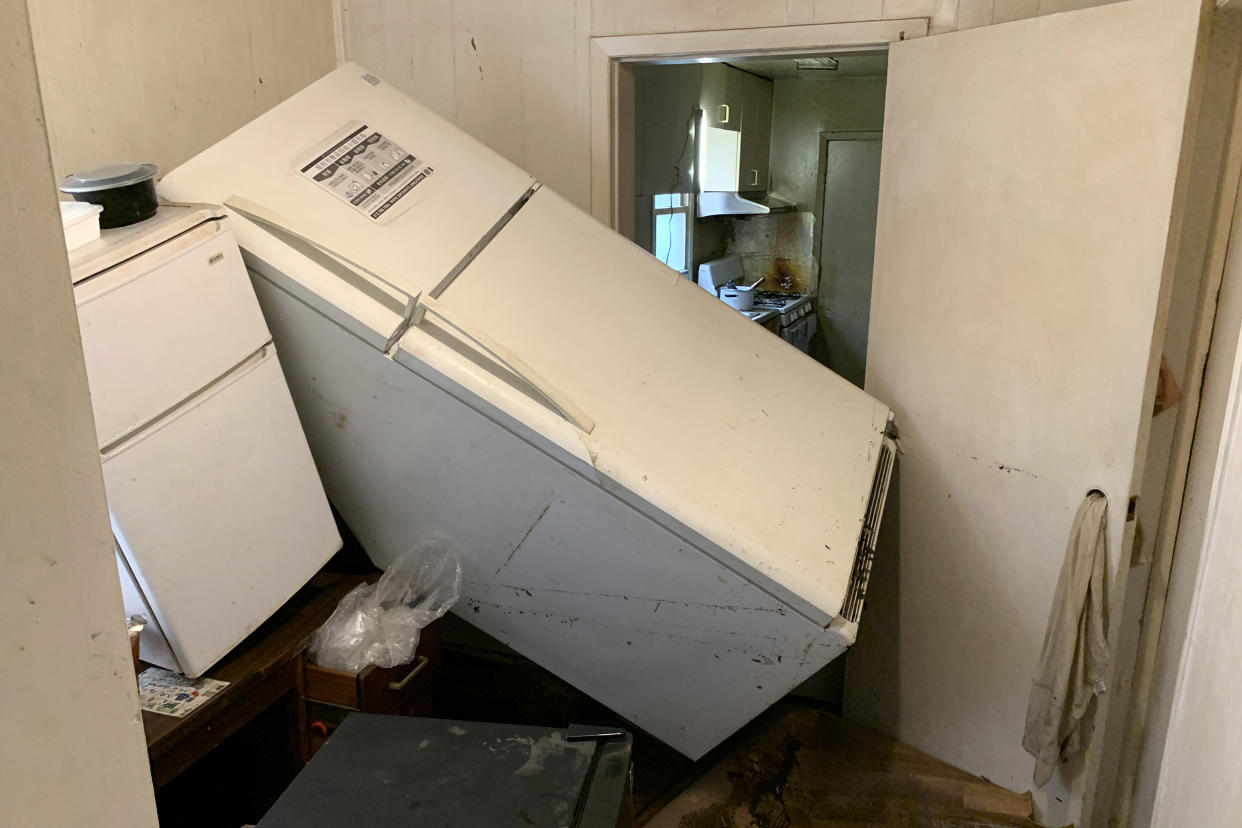
“For the tenant, it's not worth even reporting these repairs. It's just not worth reporting the living conditions because the other choice would just be living on the streets,” Lee said.
In many cases, the landlords who offer these basement areas for Asian immigrant families may not have insidious intentions, she said. Landlords themselves are often low-income and bring in tenants for extra income but don’t have the resources for major fixes.
That’s not to say marginalized tenants don’t face exploitation, Lee said, since some predatory landlords take advantage of vulnerable, undocumented and limited-English-speaking immigrants. But these circumstances aren’t just the result of predatory landlords and developers: It’s also about the severe lack of public resources that go toward protecting these families, she said.
“It is only when there is a tragedy like the victims of Hurricane Ida that the city pays attention to the plights of Asian American tenants,” Lee said.
Community organizations attempt to do what officials haven’t: Too often, community organizations end up picking up the government’s slack, experts say.
“There have been so many issues with folks being able to get what they need on time,” said Annetta Seecharran, executive director of Chhaya, a New York-based organization dedicated to helping low-income South Asians and Indo-Caribbeans with housing needs.
For South Asians in Queens, who are more likely to live in multigenerational housing, the need is critical, especially for caregivers and older people still dealing with the impacts of Covid-19, Seecharran said.
“The Indo-Caribbean community was ravaged by Covid,” she said.
Bangladeshis and Indo-Caribbeans tend to be essential workers, with the former group living in some of the most overcrowded housing conditions in the city, according to Chhaya research. And the destruction of homes and property with the flood has the potential to worsen this problem.
Undocumented folks and those living in basements are even less likely to trust government officials, Seecharran said, and they often won’t ask for help at all. She and other organizers have been trying to bridge the gap, providing free, culture-specific meals and translation services for those looking to get aid.
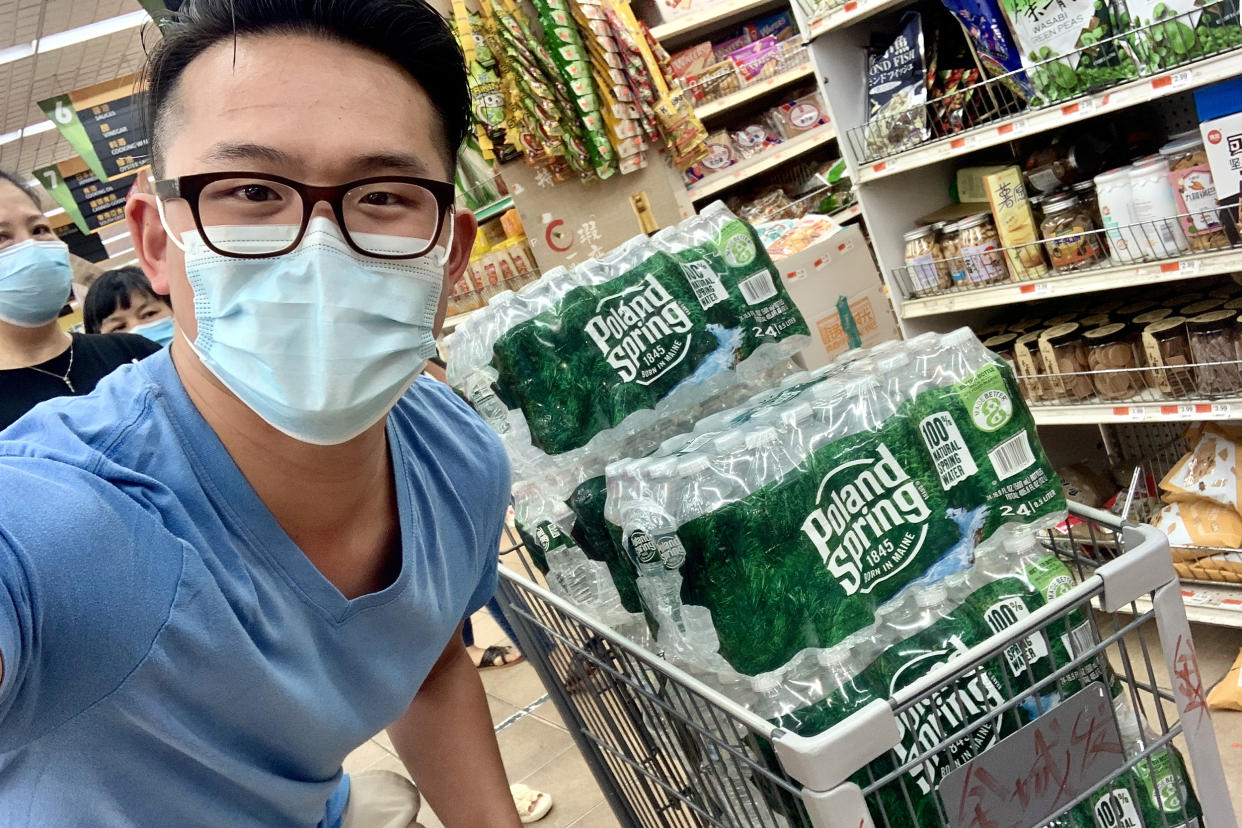
“FEMA is coming in and telling them to fill out these applications, but they don't have access to them,” Deepti Sharmi, who has worked in community food access for years, said, referring to the Federal Emergency Management Agency. “They don't understand them.”
Ho, one of the only English speakers on his block in Queens, has been going to houses in his neighborhood to help people fill out forms. He’s also been communicating with the Office of the Queensborough President about his community’s needs.
“With a lot of the housing, they got moved to JFK airport, which is an almost two-hour bus commute,” he said. “These are elderly, retired Asian people who only speak Chinese. That was really difficult for them.”
Asking to be a ‘priority’
Kim, of the Korean Community Services of Metropolitan New York, said there needs to be more awareness around climate change and the simple things immigrants can do to protect themselves, like calling 911 during flooding emergencies and unlocking car doors to prevent being trapped. But experts also say there needs to be more institutional support for vulnerable communities.
“We keep being shown that we, frankly, are just not a priority,” Sharma said. “It feels like every time there’s a disaster, nothing is set up.”
Julie Sze, a professor of American studies at University of California, Davis, who focuses on environmental justice, said marginalized populations are often unconsciously or consciously viewed as easily disposable.
“A lot of the common sense of how things are structured are already based on a racist necropolitics, where it's just assumed that some populations are more vulnerable to death than others,” Sze said. “It’s this idea that some people are meant to die.”
Community activists trying to direct aid to people said that on top of the lack of disaster preparation in general, they noticed that the city’s history of punishing tenants and landlords of basement apartments made people less likely to come forward.
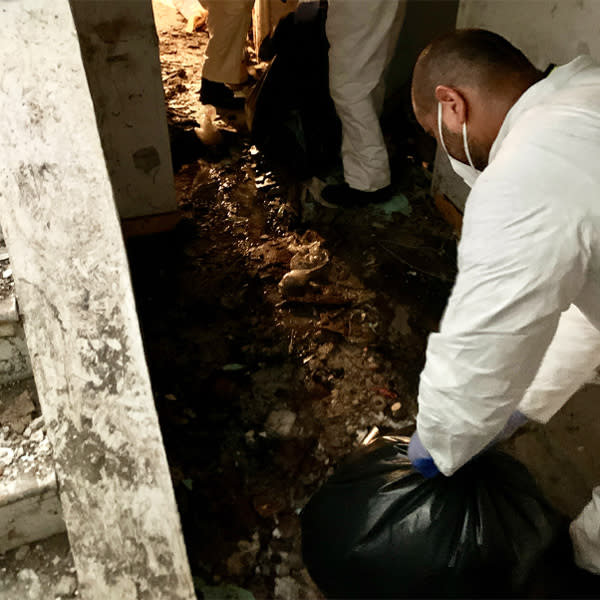
“You’re not going to have people pouring out, clamoring to connect with a city official,” Seecharran said. “They need the help. They’re afraid.”
The day after the flooding, Gov. Kathy Hochul and Mayor Bill de Blasio went to Queens and visited some of the neighborhoods that were heavily impacted, including Ho’s.
De Blasio told MSNBC after the storm that even airtight plans can topple in the wake of a storm, but more needs to be done about basement apartments. In May, he proposed an emergency warning system for basement-dwellers for when storms are about to make landfall. The completion date is set for 2023.
“All the people came by and did a whole show for the news,” Ho said. “They give their promises, and they move on.”
Dennis Hsu, Darlene Lee's ex-husband, said he’s frustrated by the emergency response time and the lack of safety measures that led to her death, and the cost was something he can never get back.
"I can't accept Mother Nature had 100 percent fault in this," he said.
